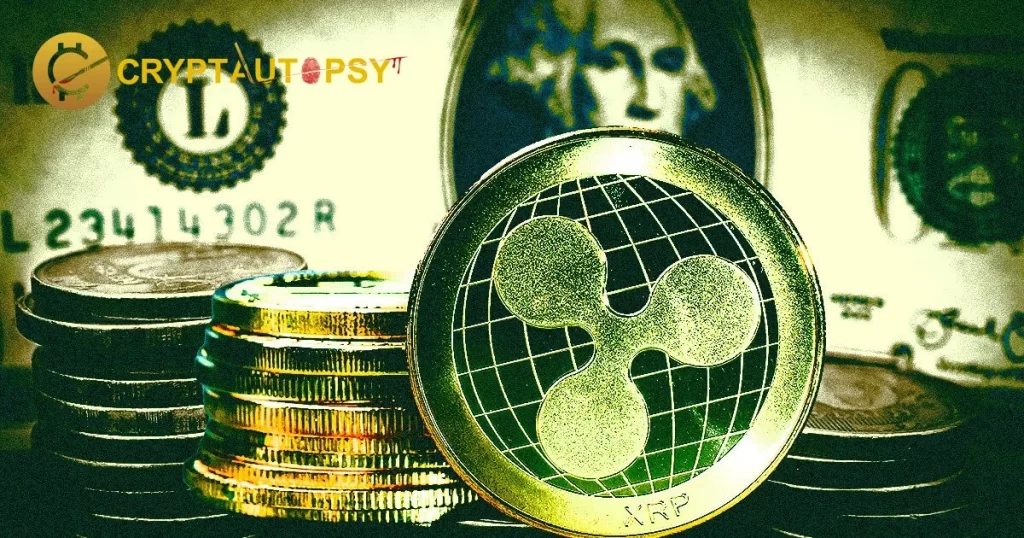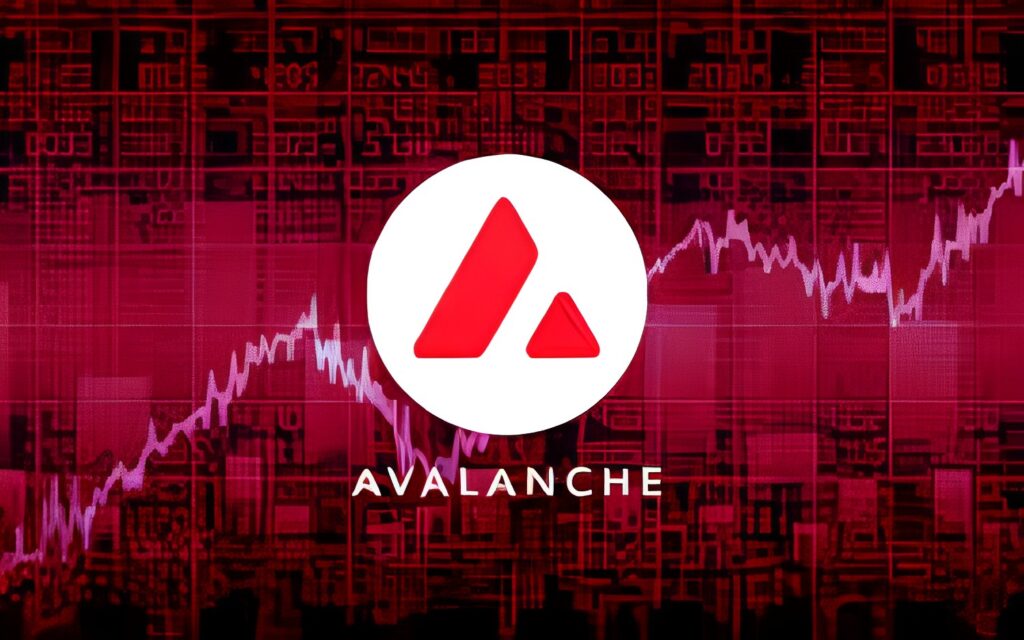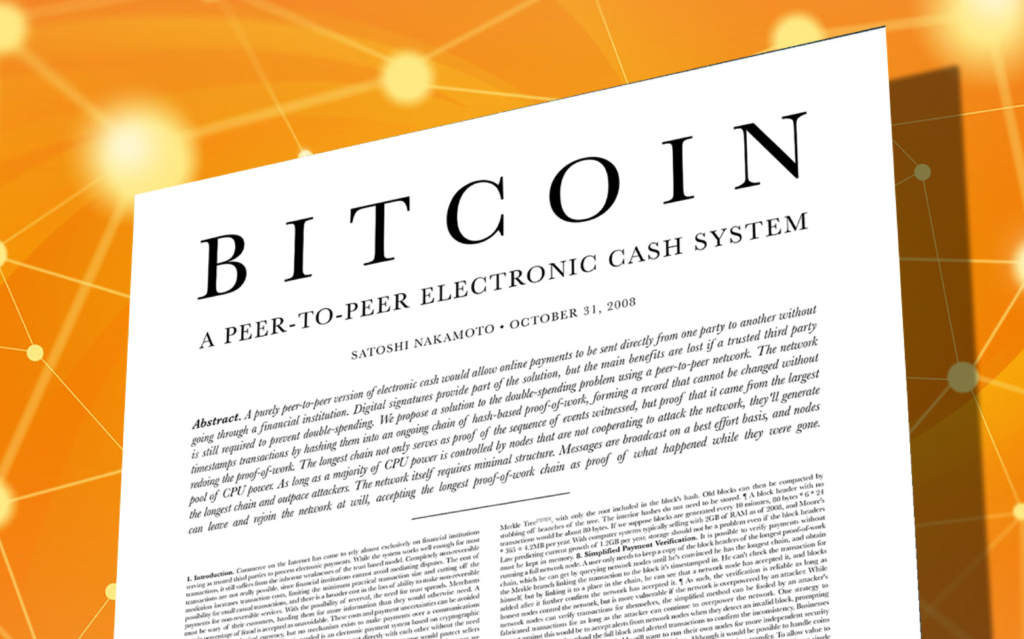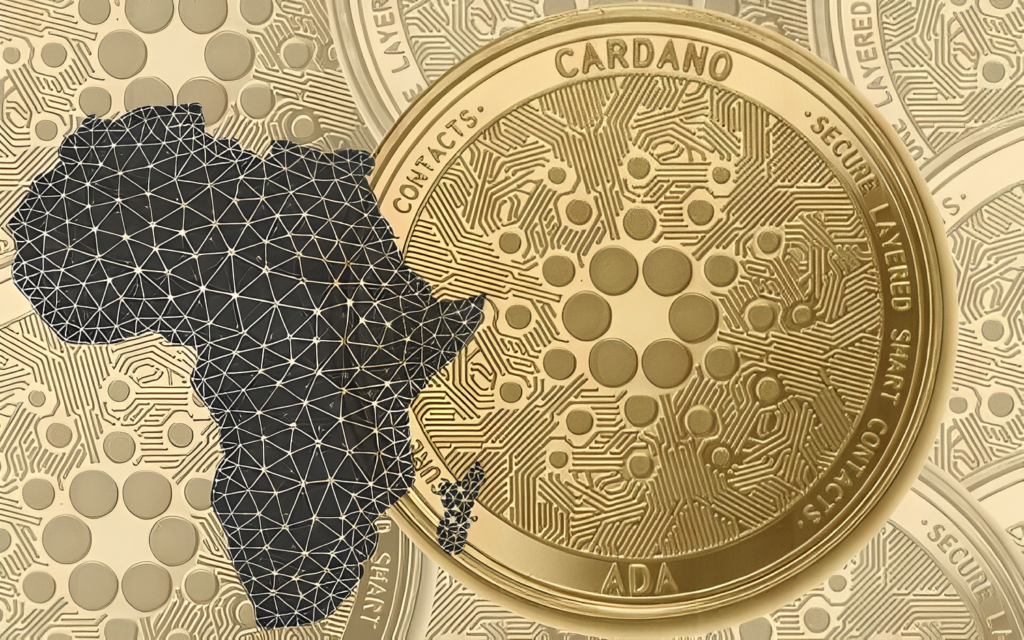Stablecoins: The Unsung Heroes of the Digital Economy

Stablecoins, though often overshadowed by the more popular cryptocurrencies like Bitcoin and Ethereum, are steadily gaining ground in the financial ecosystem. In 2022, their influence was undeniable, with settlements that even rivaled the giant – Visa.
Introduction: Stablecoin vs. Visa
Who would’ve thought that stablecoins would come close to matching the transactions of Visa, a company that has been around for decades? While Visa settled a massive $11.6 trillion in 2022, stablecoins weren’t far behind, settling over $11 trillion. Surprising, isn’t it? This speaks volumes about the impact of stablecoins in the modern transactional world.
Adoption and Volume
With the rise in cryptocurrency adoption, stablecoins have carved a niche for themselves. But what’s even more remarkable is how they’re used.
Brevan Howard’s Study Details
The European hedge fund, Brevan Howard, decided to dive deep into the world of stablecoins. With Peter Johnson and Sai Nimmagadda leading the charge, they studied non-speculative stablecoin activities on platforms like Ethereum, Tron, and Binance Smart Chain (BSC). What did they find? A staggering 25 million blockchain addresses held more than a dollar in stablecoins.
Key Players in Stablecoin
Given the numerous types of stablecoins, which ones were at the forefront?
Fiat-Backed Stablecoins
Primarily, the fiat-backed stablecoins like USDT, USDC, BUSD, and TUSD were dominant. These digital assets, backed by bank deposits and U.S. Treasuries, mostly accounted for non-speculative activities. They are like the digital version of our traditional currencies, offering stability in a volatile crypto market.
User Demographics of Stablecoins
Most users in 2022 were likely regular folks like you and me. Around 75% of the weekly active addresses transacted less than $1000. This suggests that stablecoins aren’t just for the big players.
The Disconnect with Crypto Exchange Volumes
You might think that if stablecoin volumes are high, crypto exchange volumes must be too. But no! Stablecoin volumes only decreased by 11% from December 2021, while centralized and decentralized exchange volumes took a deeper dive.
Diversification and Dominance
Where were all these stablecoin transactions happening?
Ethereum’s Role
Ethereum, despite its vast influence, settled about 50% of stablecoin volumes. But here’s the catch: it was responsible for only 3% of total transactions, mostly due to its high transaction fees. It’s like a luxury car – sleek and powerful, but not everyone uses it for daily errands.
Tron and BSC’s Contribution
Enter Tron and BSC, the real workhorses. Together, they powered 75% of all stablecoin transactions, making up 41% of the total volume.
Tether’s Dominance
And who can forget Tether? With approximately 69% of the total stablecoin supply, it’s clear who wore the crown in 2022.
Future Projections
So, what does the future hold for stablecoins?
Stablecoin’s Challenge in 2023
As of now, stablecoins lag behind Mastercard, affected by the volatile crypto market and the ever-complex U.S. regulations. But remember, it’s not the end of the game.
Five-Year Projection for Stablecoins
According to Brevan Howard, there’s a silver lining. They believe that in five years, the number of stablecoin users might even surpass those of Bitcoin. With payment integrations and innovative solutions on the horizon, stablecoins might just be the next big thing.













































































































































